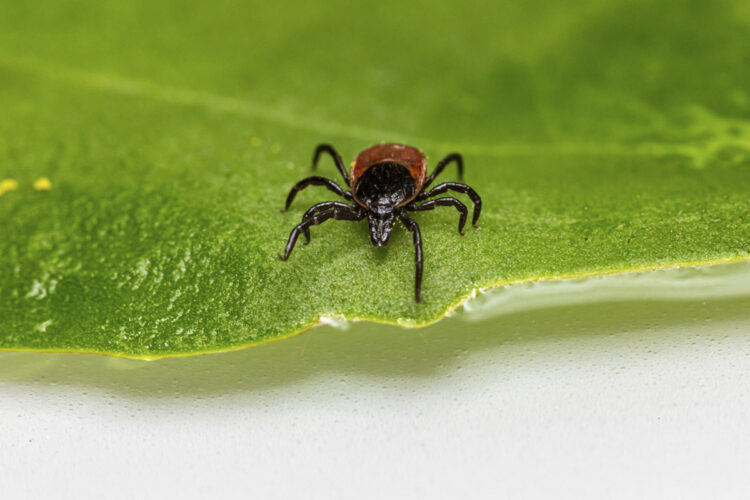
Tick tick
Dear EarthTalk: Does the rise in diseases like Lyme Disease and Rocky Mountain Spotted Fever mean tick populations are on the rise? Are there eco-friendly ways to control ticks?
—J.B. via email
Feb. 14. Common tick-borne diseases include Lyme disease, anaplasmosis, babesiosis and Rocky Mountain spotted fever. Lyme disease is the most well-known, caused by the bacterium Borrelia burgdorferi, and is transmitted by black-legged ticks, commonly known as deer ticks.
Unfortunately, these miniscule creatures can be found everywhere, and according to Dr. Ben Beard, from Centers for Disease Control and Prevention, “Risk occurs in backyards, as well as in neighborhood green spaces and public lands used for recreation.”
Symptoms of Lyme disease can range from a characteristic bullseye-shaped rash to fever, joint pain, and, in severe cases, neurological problems.
And, there’s more
In addition to Lyme disease, ticks can spread other diseases. Anaplasma phagocytophilum causes anaplasmosis, which can lead to fever, headache and muscle aches. Babesiosis, another tick-borne illness, involves a parasitic infection that affects red blood cells, leading to fever and fatigue. Rocky Mountain spotted fever, caused by Rickettsia rickettsii, can cause severe symptoms like rash, fever and nausea, and can be fatal. According to public health expert Annalies Winny, rising heat and humidity helps ticks thrive in more places for longer periods, and could be contributing factors to the tick’s increase.
Ticks become infected with disease-causing microorganisms when they feed on infected animals like deer, rodents or birds. Once infected, they can transmit these pathogens to humans through bites, if attached for a certain period (usually 36-48 hours). Try to avoid tick-prone areas, like tall grasses and wooded environments, especially during warmer months when ticks are most active.
Prevention
Spending time outdoors is great, but ticks can be a bit of a buzzkill. To protect yourself, apply an EPA-registered insect repellent. Wear long sleeves, pants and socks, and tuck your pants into your socks or boots to keep ticks at bay. Stick to well-cleared trails, as ticks tend to hide in tall grasses and wooded areas.
After your outdoor adventure, check your body, especially in the cozier areas such as the armpits or behind the knees. Tweezers will do the job to remove a tick, if found. Then, clean the area with rubbing alcohol or soap and water. It is helpful to shower within two hours to wash off any ticks, and wash your clothes in hot water to kill any that might have hitched a ride.
Flu-like symptoms?
If you develop flu-like symptoms, a rash or other signs of illness within a few weeks of a tick bite, consult a healthcare provider. Early treatment with antibiotics is effective in treating many tick-borne diseases, including Lyme disease.
Ticks are most active in spring and summer, but they can be found year-round, depending on your location. Ticks can pose a significant threat, so stay vigilant and take proactive measures.
CONTACTS: Centers for Disease Control and Prevention (CDC), https://www.cdc.gov/ticks.
EarthTalk® is produced by Roddy Scheer & Doug Moss for the 501(c)3 nonprofit EarthTalk. See more at https://emagazine.com. To donate, visit https://earthtalk.org. Send questions to: question@earthtalk.org.




